There are only a few models among the cheaper Mini-ITX motherboards for the Intel LGA 1700 platform. After testing the Gigabyte variant, the Asus ROG Strix B760-I Gaming WiFi is now here for review. This motherboard is designed for DDR5 memory and at the same time, we can still note its good affordability. Take a look at all that the Asus motherboard brings and how it fares in the tests. Read more “ROG Strix B760-I Gaming WiFi: Mini-ITX with DDR5 for 200 EUR”
Category: Motherboards
MSI B760M Gaming Plus WiFi: A cheap motherboard with a surprise
The seemingly inconspicuous motherboard hides something you probably wouldn’t expect, it has both HDMI and DisplayPort video outputs doubled, in pairs. Otherwise, the B760M Gaming WiFi is an affordable solution also suitable for higher-end Intel Core processors designed for the LGA 1700 platform with DDR5 memory. Meanwhile, due to the smaller MicroATX format, you can also fit the motherboard into smaller cases. Read more “MSI B760M Gaming Plus WiFi: A cheap motherboard with a surprise”
ROG Strix Z790-A Gaming WiFi II: Not only the most efficient
Relative to computing (or gaming) performance, it has the lowest power consumption at factory settings. And the ROG Strix Z790-A Gaming WiFi II also sits among the more modern motherboards available for the Intel LGA 1700 platform. It’s already from the “second wave”, where network connectivity has been upgraded (to WiFi 7) and for example the support for DIMM Flex, useful for memory with extremely high bandwidth, is also new. Read more “ROG Strix Z790-A Gaming WiFi II: Not only the most efficient”
Gigabyte B760I Aorus Pro DDR4: Small, powerful, attractively priced
In the tests, we looked at a Mini-ITX motherboard. A warning finger is usually put over this format in connection with powerful CPUs, but often unjustifiably. This would be the case even with one of the cheapest models for the LGA 1700 platform – the B760I Aorus Pro DDR4. The “cut off” is mainly things you may not need, for example because a larger number of slots not only won’t be used, but also doesn’t fit into the vision of a space-saving PC build. Read more “Gigabyte B760I Aorus Pro DDR4: Small, powerful, attractively priced”
Asus TUF B760M-BTF WiFi D4: All connectors out of sight
Why put connectors from the front of the motherboard when they can be from the back? This is what Asus and other manufacturers are thinking with boards with, say, an inverted connector layout. The TUF B760M-BTF WiFi (D4) model has all connectors moved from front to back. This, with the current trend of glass side panels, mainly contributes to a nicer look. But we’ll also be interested in other, measurable things as part of our analysis. Read more “Asus TUF B760M-BTF WiFi D4: All connectors out of sight”
MSI MAG Z790 Tomahawk Max WiFi: Mainly faster network
The second wave of Z790 motherboards, released alongside 125W Intel Raptor Lake Refresh CPUs, is also attractive for its upgraded network connectivity. The latter is also cutting edge on the Z790 Tomahawk Max WiFi. It’s one of the cheapest boards with WiFi 7. But in our tests of it, we’ll naturally be interested in the overall implementation of all the features. That is, what MSI managed better or worse compared to competing models. Read more “MSI MAG Z790 Tomahawk Max WiFi: Mainly faster network”
Gigabyte Z790 Aorus Pro X: White for Raptor Lake Refresh
We tested the first Z790 motherboard primarily designed for use with the 14th generation Intel Core (Raptor Lake) processors. The chipset’s features haven’t changed, but there’s a lot of new, noteworthy stuff around it. That includes upgraded network connectivity headed by WiFi 7 and, finally, 5-gigabit Ethernet. And in the year that it’s been at it, Gigabyte has worked on a lot of details too. Some were more successful, others less so. Read more “Gigabyte Z790 Aorus Pro X: White for Raptor Lake Refresh”
MSI MAG X670E Tomahawk WiFi: Extra features “cheaper”
The X670E Tomahawk WiFi motherboard is a combination of the highest-end AMD chipset and a relatively lower price. At least by X670E motherboard standards. In addition to broader connectivity (that’s first and foremost), there’s also PCI Express 5.0 support. The decent VRM is also well prepared to run efficiently with even the most powerful processors that can be used on the AM5 platform. Read more “MSI MAG X670E Tomahawk WiFi: Extra features “cheaper””
MSI B650 Gaming Plus WiFi: Axe for “expensive” and “weak” boards
If you don’t want to skimp on a motherboard for an AMD CPU, but also don’t want to pay more than you need to, the MSI B650 Gaming Plus WiFi appears to be an attractive option. The price is well under two hundred euros and yet it can handle even the Ryzen 9 7950X without any power limits. Although there are also things calling for improvement, the cheapest MSI B650 board in ATX format defends its position in a lower-budget gaming build. Read more “MSI B650 Gaming Plus WiFi: Axe for “expensive” and “weak” boards”
ASRock B650E Taichi motherboard – breaker of several records
The AMD B650E chipset is a compromise solution to some extent, but the ASRock Taichi motherboard that is based on it makes an ultimate impression. And it’s not just a “feel”, it really is that… The VRM of the CPU didn’t fit in our thermal image with the standard procedure. There are a few quirks and things that you might find it worth tweaking, but those are usually related to other things, like the more modest chipset features. Read more “ASRock B650E Taichi motherboard – breaker of several records”
Gigabyte A620M Gaming X vs. 200+W. No fireworks in sight!
Some people paint disasters around cheap motherboards (literally, flames in the graphics editor and such… natural disasters sell), yet often you have nothing to worry about and nothing burns up anywhere. Such A620M Gaming X can handle even the most powerful processors for AMD AM5 socket with ease. It doesn’t make much sense to pair it up like this, as the features are tailored to the undemanding user, but it is an option. Read more “Gigabyte A620M Gaming X vs. 200+W. No fireworks in sight!”
So we took a look at the MSI MAG B760M Mortar WiFi and…
When building a relatively cheaper Intel-based desktop, you’ll probably choose a “B” chipset motherboard. One of those is the B760M Mortar WiFi. Because of the use of the Micro ATX format, this motherboard is also attractive for smaller computer cases. The cross-generational comparison with the B660M Mortar WiFi is also striking. What direction is MSI taking this? Read more “So we took a look at the MSI MAG B760M Mortar WiFi and…”
MSI MAG B650 Tomahawk WiFi: The cheapest of the decent ones
The higher price of motherboards is one of the main topics around desktop PCs. Especially in the context of the AMD platform. However, if you decide to build your rig on DDR5 memory with the vision of a longer life expectancy, the B650 Tomahawk WiFi, in comparison to similarly equipped motherboards with Intel chipsets, is rather higher on the “price” scales and with a more attractive price/value ratio. Read more “MSI MAG B650 Tomahawk WiFi: The cheapest of the decent ones”
“Weaker PCB”, but still (Gigabyte Aorus X670 Elite AX) stands out
Motherboards for the AMD AM5 platform with chipsets without “E” in the designation have weaker connectivity derived from the processor, but if you do not require PCIe 5.0 for the graphics card, you do not really need to worry. And not at all with the Aorus X670 Elite AX board, which defends the “Elite” label without the slightest difficulty. For proper features, but also for the fact that Gigabyte has once again pushed the performance more than usual. Read more ““Weaker PCB”, but still (Gigabyte Aorus X670 Elite AX) stands out”
In-depth analysis of Asus ROG Strix B760-A Gaming WiFi D4
After the Z790 motherboards for the Intel LGA 1700 platform, models with cheaper B760 and H770 chipsets are also coming out. In this test, we’ll take a detailed look at the Asus ROG Strix B760-A Gaming WiFi D4 motherboard, which takes full advantage of what the new chipset (B760) brings. You’ll also get a general idea of how the Core i9-13900K processor performs with DDR4 memory compared to the faster DDR5 modules. Read more “In-depth analysis of Asus ROG Strix B760-A Gaming WiFi D4”







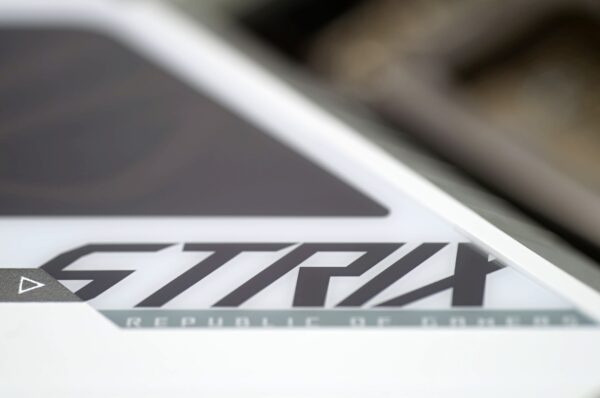
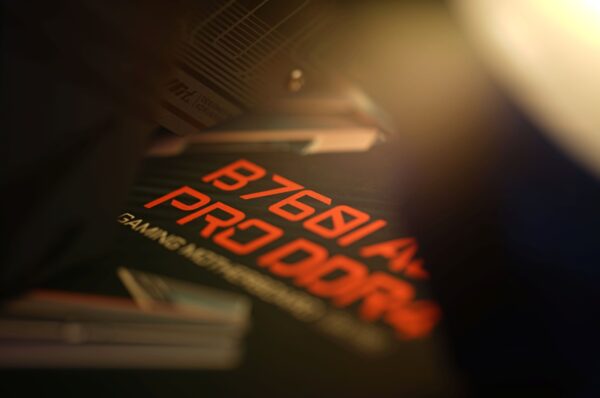
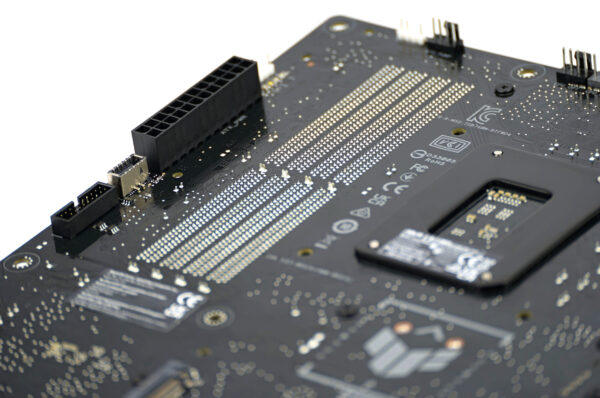


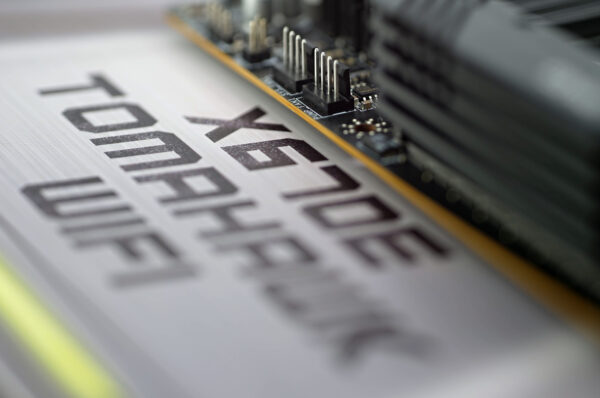
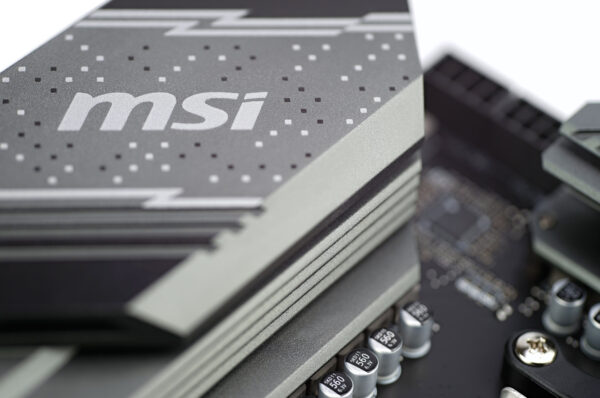
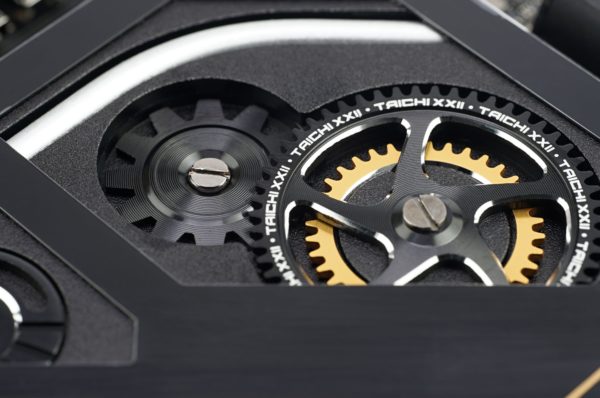
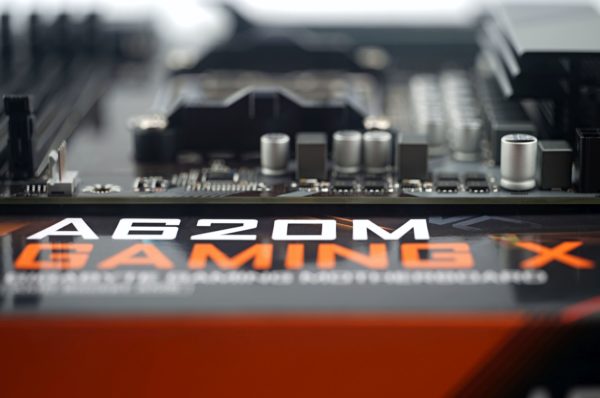
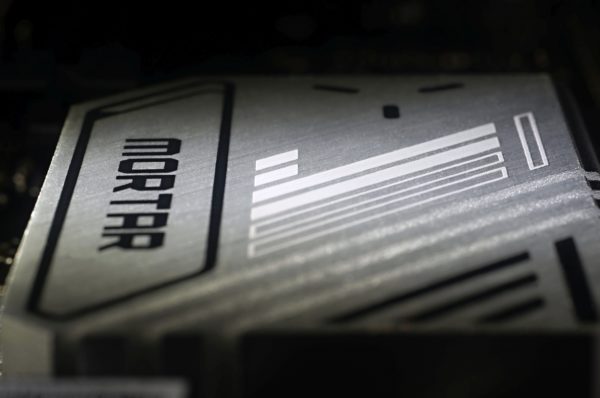
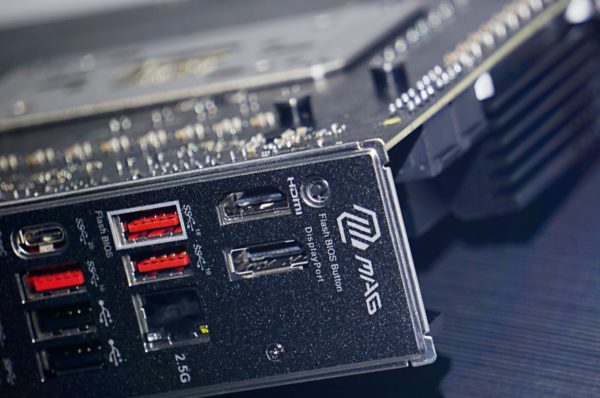
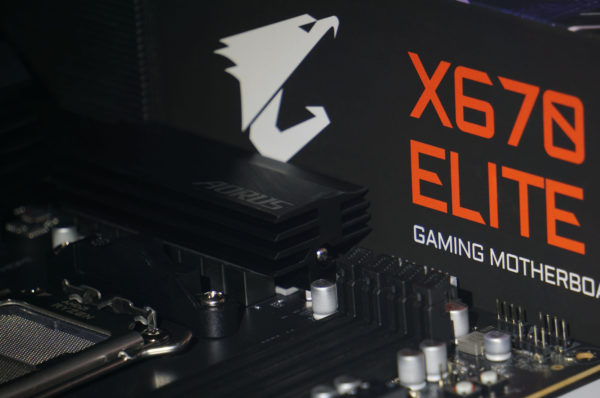
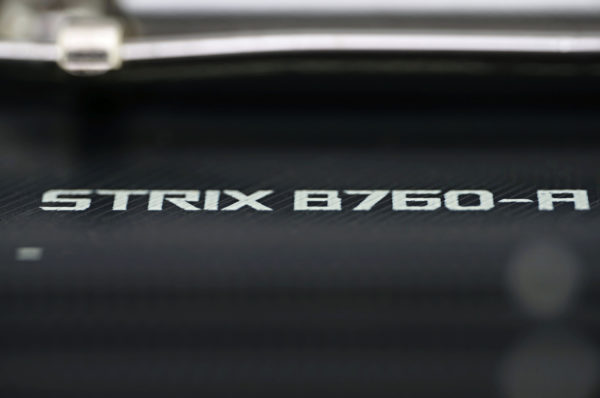



Latest comments